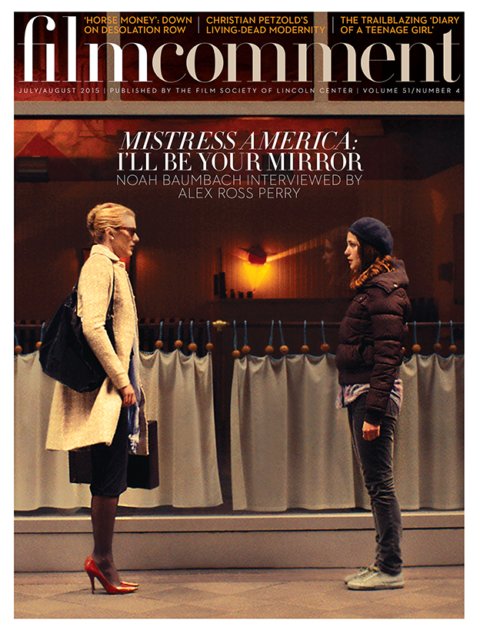
The Tiger of Eschnapur
A Spanish-language critical journal with a robust presence online and in print, Lumière obliquely outlines its editorial bent in a short essay praising Fritz Lang’s The Tiger of Eschnapur and The Indian Tomb as “the only blockbusters that aren’t blockbusters… The producer really wanted to make a golden calf. And Fritz Lang made a film.” Which is to say: Lumière gives the overused term termite art fresh meaning. Overseen by editor Francisco Algarín Navarro, the largely self-financed publication looks at cinema’s past and present with fresh eyes.
Fully embracing the expansive space available on the Web, Lumière’s site offers exhaustive multimedia symposiums on filmmakers ranging from Allan Dwan to Manoel de Oliveira. (Its print issues are available to read online with Issuu.) At 462 pages, the Dwan dossier, available in English thanks to its guest editors David Phelps and Gina Telaroli, is more like a book. Even more impressive is the “Straub-Huillet International,” which has its own sub-website, split into “texts” (essays by a variety of contributors) and “documents” (clips and notes).
The site offers plenty of shorter work as well, such as festival coverage, and videos, which take the form of one-on-one interviews (Marcel Hanoun, Mia Hansen-Løve) or film clips intercut with onstage Q&As (Werner Schroeter, Jonas Mekas). With its gallery-like approach to Web design—images, still or moving, are cleanly laid out against an expansive white background—the five minutes or five hours that you lose to Lumière is time well spent.




